By Cia Foreman
Photography has a history of reflecting the desire to portray reality by documenting human life. From its beginnings in the early 19th century, portraiture and landscape became and remain primary subjects.
The five artists included in this proposal encompass another region, one that moves beyond the subject of a photograph, challenges the boundaries of the medium itself, offers a glimpse into how various processes, from capture to print, shift our expectations of what a photograph is, and more importantly, shifts how we see.
These are a few of the many artists using photography as a means of expanding image-making and our thinking about what it is to document human life by continuing throughout their practice to ask the question, “What if?”
Uta Barth makes works that exist as objects. From her choice of surface to scale, her focus remains on holding the light. She says, “I am interested in nuances, in subtleties, in the ephemeral, in everyday information and overlooked views. I want to make images that are purely of light, images of negative space, of the volumes of space … ”
Chris McCaw documents the continuous motion of the sun using a rotating camera. The orbit of the earth itself and the sun are the elements that create the burn marks onto his unique prints, created from a single, continuous exposure lasting up to 80 hours.
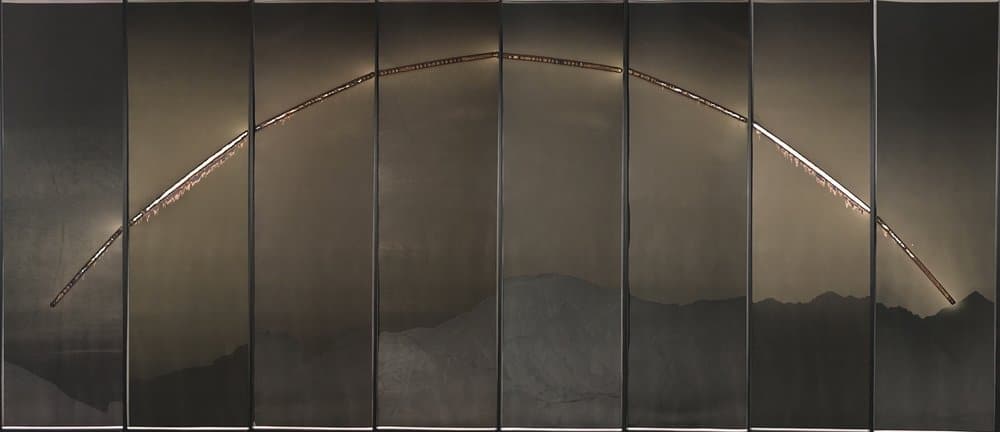
Chris, McCaw, Sunburned GSP#900 (Mojave full day), 2016, unique gelatin silver paper negatives, 12 by 41 inches
Susan Rankaitis’s “painting-photographs” present the viewer with a world between representation and abstraction. She uses photographic chemistry—bleaching, tinting, and brushing washes and emulsions directly onto light-sensitive paper to create non-literal, interactive images, evoking a tension between chaos and containment.
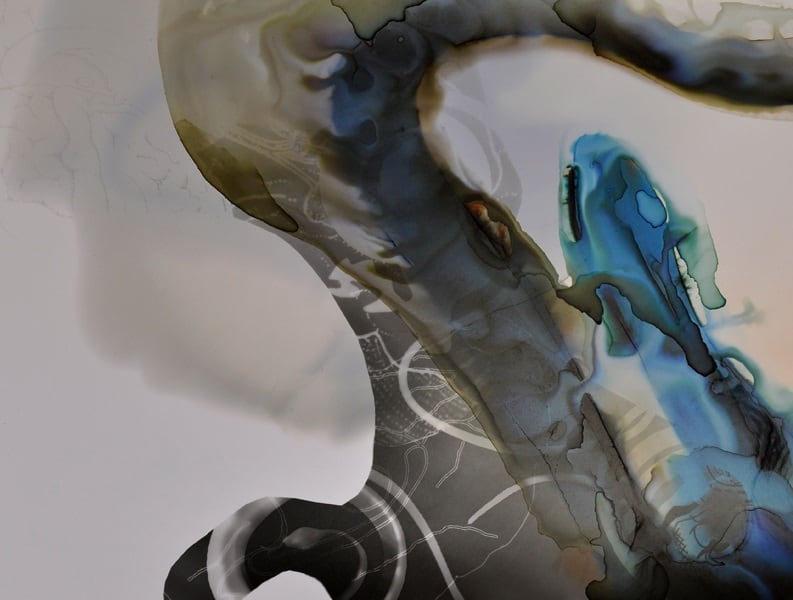
Susan Rankaitis, Fear of Snakes #4 (2013), unique combined media monoprint on photographic paper, 19 by 14 inches
Christopher Russell disrupts his prints with intricate razor marks that create a pattern, a drawing composed from the underside of the surface, a delicate white repetition that evolves and invigorates his captured image.
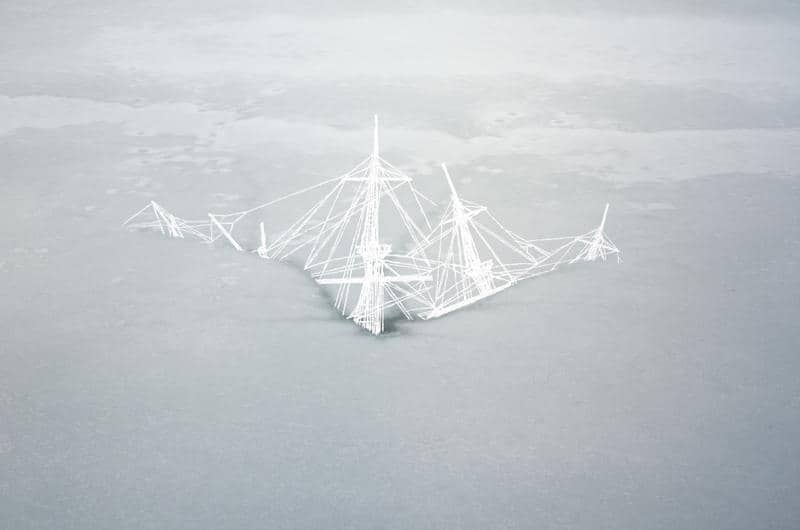
Christopher Russell, Ghost Ship Wreck (2012), Epson Ultrachrome HDR print scratched with a razor, 40 by 60 inches
Claire A. Warden says of her photographs, formed from saliva and mark-making, that they “allegorize the complexity of systems that make up an individual and the perception of self.” The process, she adds, “produces a series of images that reveal certain truths in identity and simultaneously the inadequacies of language to describe oneself. Resembling systems of the natural sciences—microscopic, topographic and celestial—the photographs allegorize the complexity of systems that make up an individual and the perception of self.”
Cia Foreman is an experimental and conceptual artist exploring perception and ambiguity using photography as her primary medium. Her work ranges from still images to film installations and has been exhibited at Arte Fiera in Bologna, Italy and in national museums and galleries, and is included in the permanent collection of the San Jose Museum of Art. Foreman lives and works in Los Angeles, California.
Top: Chris McCaw, Sunburned GSP #839 (Every 30 minutes, Arctic Circle, Alaska), 2015, unique gelatin silver paper negative, 4 by 10 inches
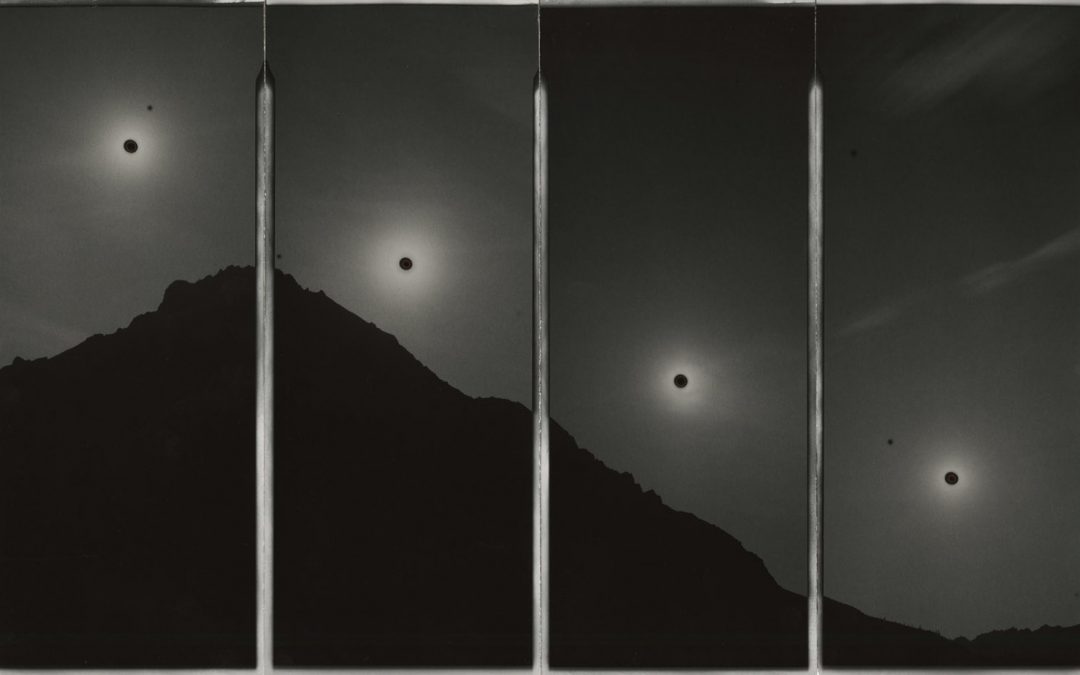
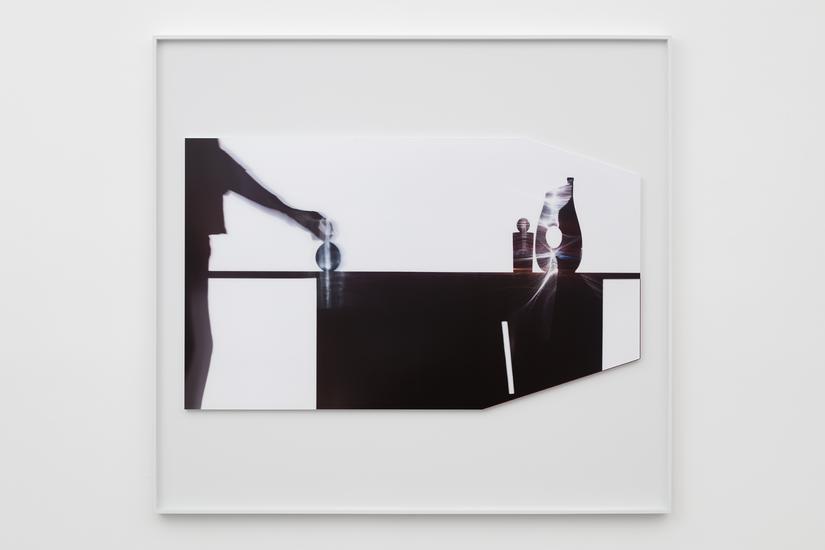

I really enjoyed the experimental nature of these photographic works.
Thank you. So glad you enjoyed these images. Please excuse the long delay in responding to your comment.
Sorry to only comment now but I am behind in my Vasari21 reading! Thank you for the introduction to such an intriguing group of artists. I really enjoyed seeing the work and reading about their processes and thoughts about how they use photography. Beautifully curated!
I am behind in reading as well! I apologize for the long delay in responding and thank your for for your comment on this piece.